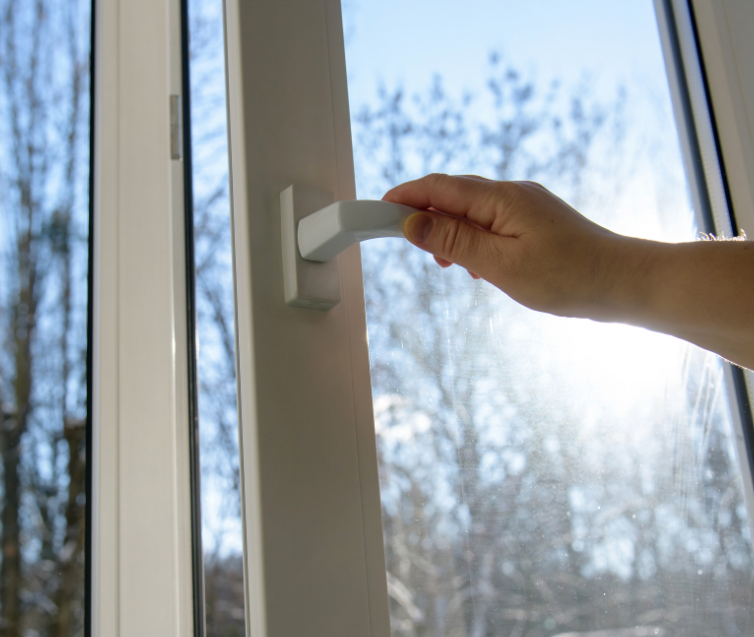As temperatures drop and we spend more time indoors, it becomes especially important to pay attention to the indoor climate. Poor air quality can lead to headaches, fatigue, allergies, and in some cases mold – which may ultimately affect the value of your home. Here are 10 simple tips to help you maintain a healthy indoor environment during the winter season.
- Heat your home to at least 18°C
Keeping the indoor temperature above 18°C reduces the risk of condensation, which creates ideal conditions for mold growth. For both comfort and air quality, the ideal temperature is between 20–22°C. If you want to save energy, 18–19°C is sufficient to maintain a healthy indoor climate. - Air out several times a day
Ventilate your home for 5–10 minutes with a draft, ideally in the morning, after cooking, and before bedtime. This helps remove moisture, CO₂, and harmful particles. - Keep window vents open and clean
If your windows or walls have built-in vents, make sure they are open and functioning. They support continuous air exchange. - Use the range hood and ventilate afterwards
Cooking releases large amounts of moisture and particles. Use the range hood and ventilate with a draft afterwards – even if the hood has been running. - Close the bathroom door when showering
Moisture from showers can spread to other rooms. Keep the door closed during and after showering and open a window or turn on the ventilation. - Avoid drying clothes indoors
A single load of laundry can release up to two liters of water into the air. Dry clothes outside or in a designated drying room if possible. - Removing condensation from windows
Condensation is a sign of high humidity. If your windows fog up, wipe them down with a cloth to prevent mold – especially in the morning in bedrooms, where humidity builds up overnight. - Clean regularly
Dust can trigger allergies and promote mold growth. Clean frequently, including behind furniture, along baseboards, and on top of cabinets. - Keep furniture away from cold exterior walls
Avoid placing furniture directly against cold outer walls. Leave at least 10 cm of space to allow air circulation and prevent condensation. - Watch for signs of moisture or water damage
If you notice moisture, try to reduce it using the tips above. If there are signs of actual moisture or water damage, contact your local office or property manager. Acting quickly can prevent the problem from getting worse.
